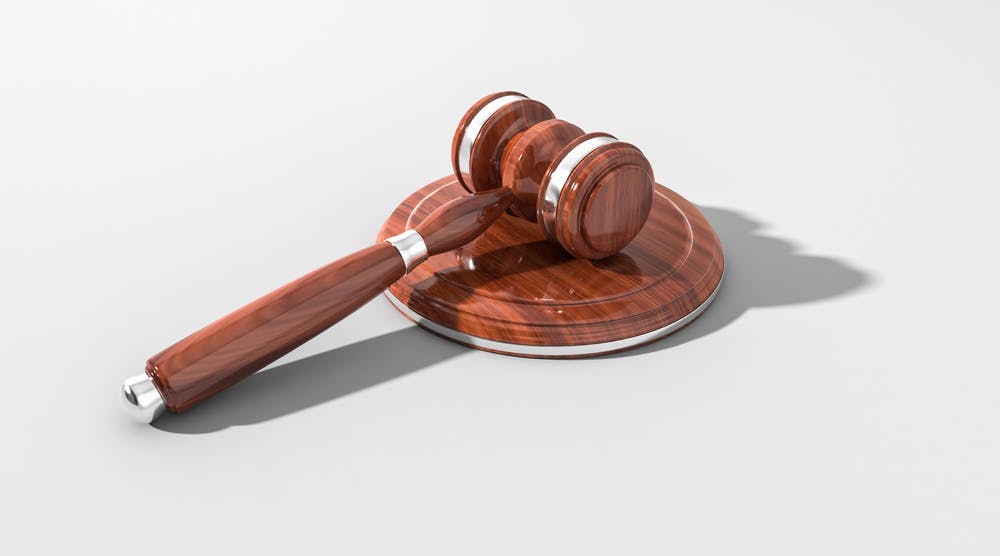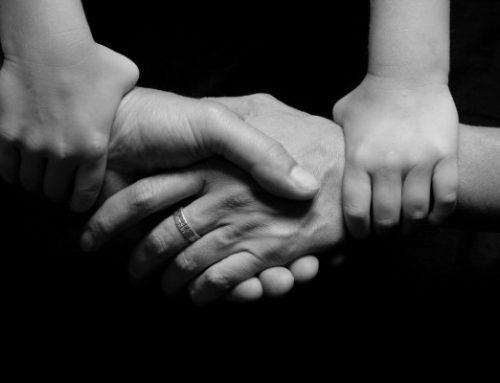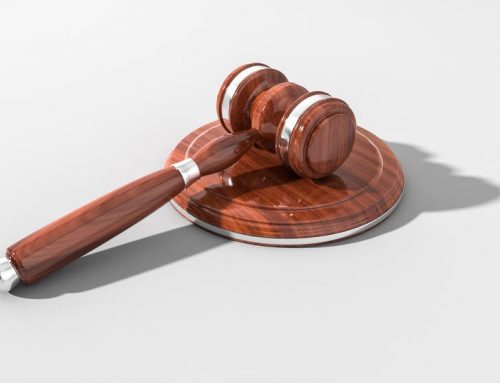Pell v The Queen: The High Court Decision
As many of you are by now aware, the High court recently handed down its decision in George Pell’s appeal against his conviction for sexually abusing two boys in the 1990s. By unanimous verdict, the High Court acquitted Cardinal George Pell of his convictions, quashing the previous findings and releasing him from incarceration.
Cardinal Pell has spoken to Sky News, which was broadcast last night and expressed that he believes “culture wars” and his conservative views on social issues contributed to him being prosecuted and jailed on child sexual abuse charges.
The case of Pell v The Queen has received significant media attention and community discussion. We are mindful that this case and the issues it touches on are highly emotional for many people. Accordingly, the purpose of this article is to provide information to you to assist with your understanding of the matter and the judicial process to equip you to meaningfully contribute to the discussions that will undoubtedly be taking place in your community.
In summary
The Full Bench of the High Court (that is, all 7 High Court judges sitting) upheld the Appeal of Cardinal Pell, granting leave to appeal on both grounds put before the Court. The Court made a final decision to quash the findings and enter verdicts of acquittal on all charges. The decision was made unanimously meaning all High Court judges came to the same decision.
The criminal process examined
In criminal trials, the prosecution bears the ‘burden of proof’ and must prove every element of their case to the jury beyond a reasonable doubt in order to obtain a conviction. This is the foundation for the premise, ‘innocent until proven guilty’.
Both the prosecution and the defence in a criminal trial present evidence (in various forms) to the Court for consideration and determination. For the prosecution, evidence is called in an attempt to persuade the jury that the allegations made against the defendant occurred as alleged. Conversely, the defendant will call evidence which aims to establish that the allegations cannot have occurred as alleged (or at all). The jury must then, after hearing all evidence from both the prosecution and defendant, make a determination as to whether the allegations made by the prosecution have been proven beyond a reasonable doubt. The jury must assess the credibility of each witness and the evidence they give and make a determinate on which evidence is most reliable – that is, what actually occurred.
Pell’s appeal to the High Court was made on the basis that in light of all the evidence, the jury could not reasonably have reached the conclusion they did. That is, they could not reasonably have been satisfied that the allegations were proven beyond reasonable doubt.
The High Court considerations
If a convicted person appeals against their conviction on the same basis that Pell did, it is the responsibility of the appellate court (in this case, the High Court) to apply a technical legal test to determine whether the verdict was reasonably open on the evidence.
In this matter, the credibility of the complainant was not invalidated. He consistently stood up to vigorous cross-examination by Pell’s legal team and presented consistently throughout the trial process. Indeed, the High Court proceeded on the basis that the jury had reasonably found the complainant to be a credible and reliable witness and did not need to make an adverse or different finding about the complainant’s credibility. The decisive issue in the appeal was, however, the existence and treatment of the other evidence presented by various parties that was inconsistent with the complainant’s account of the incidents, and which was largely unchallenged by the prosecution at trial.
The onus was on the prosecution to negate the argument put by the defence that the complainant’s account was not correct beyond reasonable doubt. Ultimately, the Prosecution was unable to achieve this in the face of the other evidence.
In other words, although the testimony of the complainant was capable of being considered truthful and reliable when taken by itself, there was other contradictory evidence before the court that was unchallenged by the prosecution and therefore also had to be considered truthful and reliable. When considered together, a reasonable doubt must have arisen in the minds of the decision maker (the jury) as to which account was correct.
What does the High Court decision mean?
When considering the matter and engaging in discussions with members of your community, it is important to keep the above discussion in mind and to understand the effect and ramifications of the High Court decision.
The question that was considered by the High Court in this case was whether, having regard to all evidence presented at trial, it was open to the jury to be satisfied beyond reasonable doubt that the accused (Pell) was guilty of the charges against him. The High Court ultimately found that based on the evidence, the jury could not establish guilt to the “requisite standard of proof” (beyond a reasonable doubt) that is required in Australia for a criminal conviction.
A case of public consciousness
The perception of the effectiveness of our justice system is disproportionately made up of the high profile, emotive cases which are subjected to immense scrutiny. This can cause unrest and fear of the justice system. Indeed, much of the commentary following the High Court’s decision has been focused on the Victorian criminal justice system being ‘broken’ and many media outlets are fanning the flames which ignite this rhetoric.
However, it is important to keep in mind the real value and purpose of our criminal justice system, right up the High Court. The High Court is a resource to ensure that checks and balances of lower courts and judicial decisions are maintained. The High Court exists to ensure that the lower courts are making decisions that accord with Australian values, the intentions of legislators and that protections afforded to all Australian persons within the justice system are upheld.
The successful use of this accountability was the result in this case. The High Court did not allow a conviction made without sufficient evidence to stand. Accordingly, in many ways, the decision should promote the success of the justice system and restore faith in our legal process where we are fortunate enough to truly be able to test any evidence put before us.
How can Brennan Law Partners assist?
Brennan Law Partners can assist you with any questions you may have, be it about this article or any other related or unrelated concern. We are currently focusing on supporting schools through the COVID-19 disaster and updating policies as many of you delivery remote learning opportunities. Contact us to review your policies and procedures to ensure they are effective and up to date and let us know immediately if you are hesitant about appropriate steps to take in a given situation.
If you are distressed by this article, please contact Beyond Blue.
If you have any questions regarding any information in this BLP Brief, we welcome you to contact us at any time.
This is meant as a guide only and should not be taken as legal advice.







